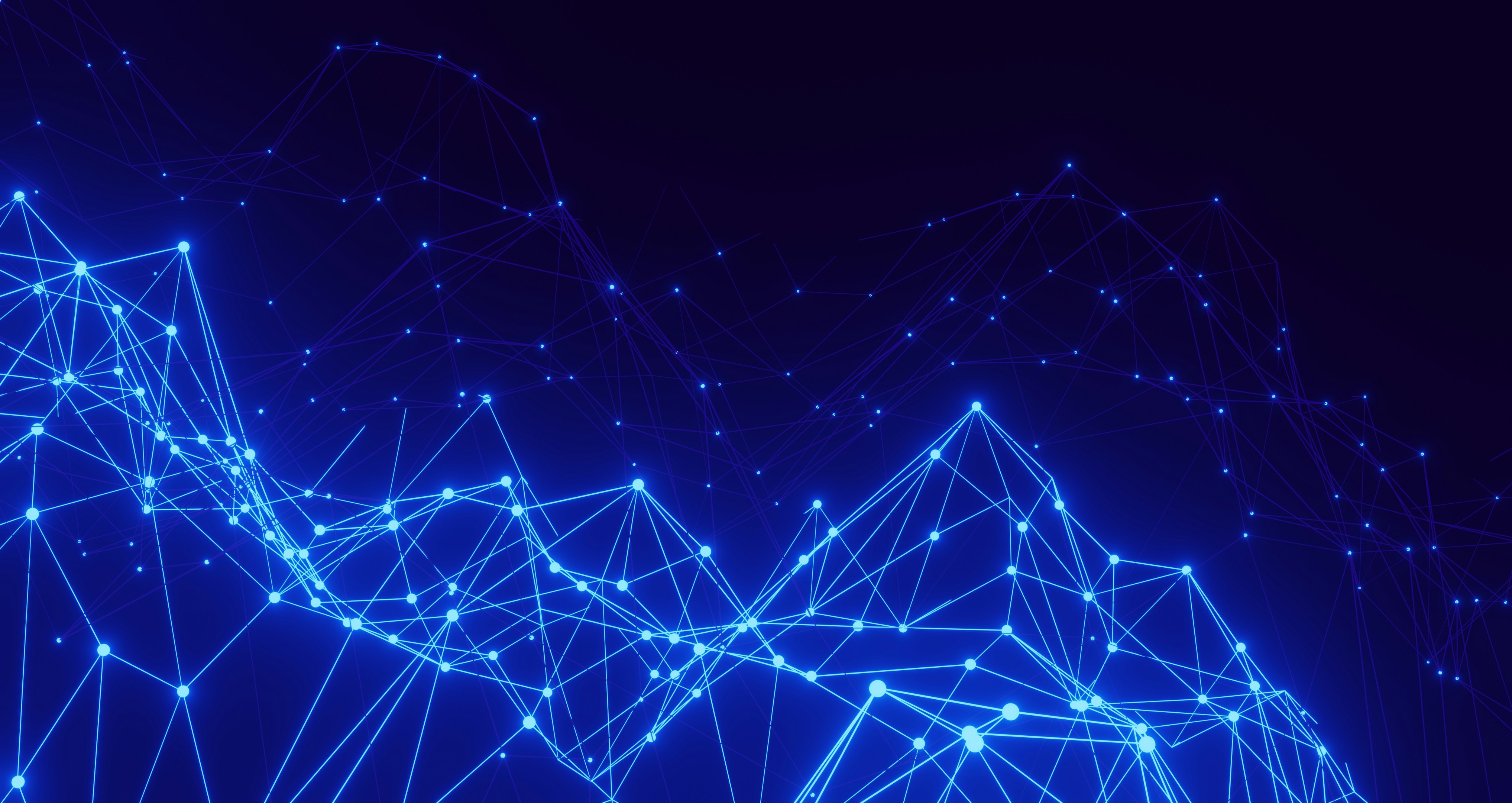Engineer Your Way to Better Security
Detection is the cornerstone of effective cybersecurity, but building detection capabilities that actually work requires specialized skills that go far beyond basic SIEM administration. Our Detection Engineering Bootcamp provides intensive, hands-on training that transforms security analysts into detection engineers capable of building, tuning, and maintaining detection systems that provide real protection against modern threats.
The Detection Engineering Challenge
Modern threat detection faces unprecedented complexity:
Evolving Threat Landscape
- Advanced persistent threats using sophisticated evasion techniques
- Living off the land attacks leveraging legitimate tools and processes
- Cloud-native attacks targeting modern infrastructure and services
- Supply chain compromises requiring detection across complex environments
Signal vs. Noise
- Alert fatigue from poorly tuned detection systems generating excessive false positives
- High-fidelity detection requirements to focus analyst attention on real threats
- Context enrichment needs to provide actionable information for response
- Scalability challenges as environments and data volumes grow
Technical Complexity
- Multi-platform environments spanning on-premises, cloud, and hybrid architectures
- Data source diversity including logs, network traffic, endpoint telemetry, and cloud APIs
- Detection logic complexity requiring understanding of attack techniques and defensive countermeasures
- Performance optimization to handle large-scale data processing and real-time analysis
Organizational Challenges
- Skill gaps between basic SOC analyst skills and advanced detection engineering capabilities
- Tool proliferation creating silos and integration challenges
- Process maturity variations across organizations and teams
- Career development paths for analysts wanting to advance their technical capabilities
Our Comprehensive Bootcamp Approach
Hands-On Technical Focus
Our bootcamp emphasizes practical, immediately applicable skills:
Real-World Attack Scenarios
- Current threat campaigns used as basis for detection development exercises
- Attack technique progression from initial compromise through objective achievement
- Evasion technique analysis and counter-detection development
- Multi-stage attack detection across the entire attack lifecycle
Production-Ready Detection Development
- Industry-standard tools including Elastic Stack, Splunk, and cloud-native SIEM platforms
- Detection-as-code practices for version control, testing, and deployment
- Performance optimization techniques for high-volume, real-time processing
- Integration strategies for complex, multi-vendor security environments
Measurement and Optimization
- Detection effectiveness measurement and validation techniques
- False positive analysis and reduction methodologies
- Coverage assessment to identify detection gaps and blind spots
- Continuous improvement processes for detection rule maintenance
MITRE ATT&CK Integration
We structure our curriculum around the MITRE ATT&CK framework:
Technique-Based Detection
- ATT&CK technique mapping for comprehensive coverage analysis
- Detection development for specific techniques and sub-techniques
- Behavioral analysis approaches for technique-agnostic detection
- Campaign analysis using ATT&CK for threat-informed detection priorities
Coverage Analysis and Gap Identification
- Detection coverage mapping against ATT&CK techniques
- Gap analysis to identify unmonitored attack techniques
- Prioritization frameworks for detection development based on threat intelligence
- Maturity assessment using ATT&CK as a measurement framework
Cloud and Modern Environment Focus
Our bootcamp addresses contemporary detection challenges:
Cloud-Native Detection
- AWS, Azure, and Google Cloud native detection capabilities and APIs
- Container and serverless detection strategies and data sources
- Identity and access detection in cloud environments
- Multi-cloud correlation and unified detection strategies
Modern Data Sources
- Endpoint detection and response (EDR) data integration and analysis
- Network detection and response (NDR) data correlation and enrichment
- Cloud audit logs and API-based detection development
- Identity provider logs and authentication anomaly detection
Bootcamp Modules and Curriculum
Module 1: Detection Engineering Foundations
- Detection Engineering Principles: Philosophy, methodology, and best practices
- SIEM Architecture: Design patterns for scalable, effective detection platforms
- Data Source Integration: Log collection, parsing, and normalization strategies
- Detection Development Lifecycle: From requirement through deployment and maintenance
Module 2: Log Source Analysis and Integration
- Windows Event Logs: Security, system, and application log analysis
- Linux and Unix Logs: Syslog, audit logs, and application-specific logging
- Network Data Sources: Flow logs, DNS logs, and packet capture analysis
- Cloud Platform Logs: AWS CloudTrail, Azure Activity Logs, and Google Cloud Audit Logs
Module 3: Detection Logic Development
- Rule Writing Fundamentals: Syntax, logic, and performance considerations
- Correlation Techniques: Multi-event detection and temporal analysis
- Behavioral Analytics: Statistical analysis and machine learning integration
- Threat Intelligence Integration: IOC matching and threat-informed detection
Module 4: MITRE ATT&CK-Based Detection
- Technique Coverage Analysis: Mapping detections to ATT&CK techniques
- Tactic-Based Detection: Detection strategies for each MITRE ATT&CK tactic
- Campaign Simulation: Building detections for real-world attack campaigns
- Gap Analysis: Identifying and addressing detection coverage gaps
Module 5: Advanced Detection Techniques
- Machine Learning Integration: Anomaly detection and supervised learning approaches
- User and Entity Behavior Analytics (UEBA): Behavioral baseline and anomaly detection
- Graph Analytics: Relationship analysis and lateral movement detection
- Threat Hunting: Hypothesis-driven investigation and detection development
Module 6: Performance and Scalability
- Query Optimization: Performance tuning for large-scale data processing
- Resource Management: CPU, memory, and storage optimization strategies
- Distributed Processing: Scaling detection across multiple nodes and clusters
- Real-Time vs. Batch: Processing strategy selection and hybrid approaches
Module 7: Detection Testing and Validation
- Unit Testing: Individual detection rule validation and testing
- Integration Testing: End-to-end detection pipeline validation
- Red Team Integration: Using adversary simulation for detection validation
- Metrics and KPIs: Measuring detection effectiveness and improvement
Module 8: Deployment and Operations
- Detection as Code: Version control, continuous integration, and automated deployment
- Change Management: Safe deployment and rollback procedures
- Monitoring and Alerting: Detection system health and performance monitoring
- Documentation and Knowledge Transfer: Maintaining institutional knowledge
Hands-On Lab Environment
Realistic Attack Infrastructure
- Multi-platform target environment with Windows, Linux, and cloud components
- Vulnerable applications representing common enterprise attack surfaces
- Attack simulation tools for generating realistic attack telemetry
- Detection platform access with multiple SIEM and analytics platforms
Progressive Skill Building
- Guided exercises building from basic to advanced detection scenarios
- Independent projects allowing students to apply learning to realistic challenges
- Peer collaboration opportunities for knowledge sharing and problem-solving
- Instructor mentoring providing personalized feedback and guidance
Production-Ready Outcomes
- Working detections that students can adapt and deploy in their environments
- Documentation templates for detection maintenance and knowledge transfer
- Testing frameworks for ongoing validation and improvement
- Performance baselines for scalable deployment planning
Target Audiences and Prerequisites
SOC Analysts (Level 2-3)
- Basic SIEM experience with log analysis and alert investigation
- Security fundamentals understanding of common attack techniques
- Scripting familiarity helpful but not required (training provided)
- Career advancement goal toward senior analyst or detection engineer roles
Security Engineers
- Infrastructure background with understanding of enterprise environments
- Technical aptitude for complex system configuration and optimization
- Automation interest in improving security through engineering approaches
- Advanced skillset development for specialized security engineering roles
Threat Hunters
- Investigation experience with manual threat hunting and analysis
- Hypothesis development skills for proactive threat identification
- Technical curiosity about attack techniques and defensive countermeasures
- Detection development interest for scaling hunt findings into automated detection
Security Architects
- System design experience with enterprise security architecture
- Tool evaluation responsibilities for security platform selection
- Strategic perspective on detection capabilities and organizational maturity
- Technical depth needed for informed architectural decisions
Delivery Options and Scheduling
Intensive Bootcamp Format
- 5-day intensive program with full-time focus on detection engineering
- Hands-on lab time comprising 60%+ of total instruction time
- Small class sizes (8-12 participants) for personalized attention
- Follow-up sessions available for implementation support and questions
Modular Delivery
- 8 weekly sessions allowing time for practice and implementation between modules
- Flexible scheduling to accommodate operational responsibilities
- Progressive skill building with each module building on previous learning
- Ongoing support throughout the program duration
Custom Corporate Training
- On-site delivery tailored to your specific environment and tools
- Team cohort training building shared knowledge and collaboration
- Management briefings to ensure leadership understanding and support
- Implementation planning sessions to apply learning to your environment
Virtual Training Options
- Remote delivery with interactive labs and collaboration tools
- Global accessibility for distributed teams and international participants
- Recording availability for reference and team members in different time zones
- Online community access for ongoing learning and peer support
Expected Outcomes and Certification
Technical Skill Development
- Advanced detection writing capabilities across multiple platforms
- Performance optimization skills for large-scale detection environments
- Integration expertise for complex, multi-vendor security ecosystems
- Troubleshooting proficiency for detection system issues and challenges
Strategic Capability Enhancement
- Coverage assessment abilities using frameworks like MITRE ATT&CK
- Gap analysis skills for identifying and prioritizing detection improvements
- Metrics development for measuring and communicating detection effectiveness
- Technology evaluation capabilities for platform and tool selection
Career Advancement Preparation
- Industry-recognized skills for detection engineering roles
- Portfolio development with working detections and documentation
- Networking opportunities with peers and industry professionals
- Certification preparation for relevant industry credentials
Organizational Impact
- Reduced false positives through improved detection tuning and development
- Enhanced threat coverage with systematic approach to detection gaps
- Improved response times through higher-fidelity, actionable alerts
- Scalable detection capability supporting organizational growth and evolution
Why Choose Seguri’s Detection Engineering Bootcamp?
Real-World Expertise
Our instructors bring extensive hands-on experience:
- Production environment experience with enterprise-scale detection systems
- Incident response background providing context for detection effectiveness
- Red team perspective understanding how attackers evade detection
- Vendor-agnostic expertise across multiple platforms and technologies
Current and Relevant Content
Our curriculum reflects the latest threats and techniques:
- Threat intelligence integration with current attack campaigns
- Technology updates reflecting modern cloud and hybrid environments
- Industry feedback incorporation from graduates and partner organizations
- Continuous improvement based on evolving threat landscape
Practical Focus
Our approach emphasizes immediately applicable skills:
- Working detections that participants take back to their organizations
- Real data sources representing actual enterprise logging environments
- Performance considerations for production deployment
- Implementation guidance for organizational adoption
Ongoing Support
Our relationship extends beyond bootcamp completion:
- Graduate community access for continued learning and collaboration
- Refresher sessions for skill maintenance and updates
- Consultation availability for specific detection engineering challenges
- Advanced training opportunities for continued skill development
Get Started with Detection Engineering
Your organization’s security depends on your ability to detect threats before they achieve their objectives. Our Detection Engineering Bootcamp transforms security professionals into detection engineers capable of building, maintaining, and optimizing detection systems that provide real protection against modern threats.
Whether you’re looking to advance individual careers or build organizational capability, our bootcamp provides the intensive, hands-on training needed to master the art and science of detection engineering.
Ready to engineer better security? Let’s discuss how our Detection Engineering Bootcamp can enhance your team’s capabilities and strengthen your organization’s threat detection posture.
Related Resources
Blog Posts
- Building Effective Network Detection Response Programs
- Network Detection and Response: Beyond Intrusion Detection
- MDR Evolution: Beyond Traditional Monitoring
- Using AI to Augment Security Teams: Practical Applications



